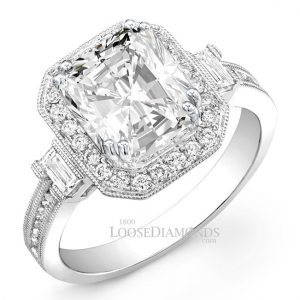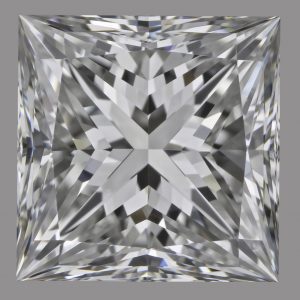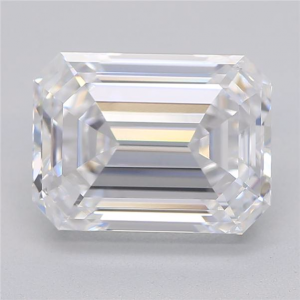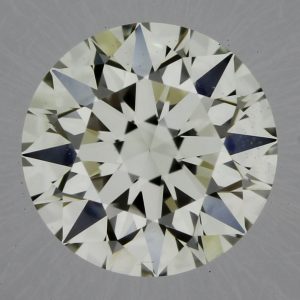Gem Quality Lab Grown Diamonds
A Japanese company, one Tokyo based Pure Diamond Company claims that they are their countries very first manufacturer of gem quality lab grown diamonds. Also known as a CVD Diamond and or a Synthetic Diamond. Furthermore, the company is aiming for their first year in production. Suggesting the potential annual output of 24,000 carats of gem quality lab grown diamonds.

Mission Statement from Pure Lab Grown Diamonds
For example, the company, Pure Diamond Co., Ltd. mentions they are the first company in Japan that specialize in lab grown diamonds. Also known as a CVD Diamond which is a synthetic diamond. Calling themselves specialists in their respective field. Furthermore, they not that all of their diamonds are 100% guaranteed with respect to their origin. As well as the fact that unlike underground diamonds that are mined, a CVD diamond causes no environmental damage to the earth. What is a CVD Diamond?
CVD diamonds and lab grown diamonds do not contain impurities that are formed during the natural process that create diamonds. A CVD diamond will often emit pure and symmetrical radiance. However, just like natural diamonds, each of these diamonds contains their own individual features and growth patterns. Making each CVD diamond unique. Today, making Gem Quality Lab Grown Diamonds is a reality.

CVD Diamonds and Gem Quality Lab Grown Diamonds
This same Tokyo based operation, Pure Diamond Company launched in July. The diamonds grown are a spin-off from a producer of synthetic diamonds and CVD diamonds for industrial purposes. In other words, not gem quality lab grown diamonds. The company's initial plans are to begin by selling its CVD Diamonds and gem quality lab grown diamonds to Japanese wholesalers and retailers. And after, plan to move directly into the retail and e-commerce sector. Although determining this at a later phase of operation is likely.
Synthetic Diamond and CVD Diamond Value
Managing director Takuya Ito of Pure Diamond Company, told Rapaport News last week. “If market demand will increase, we can expand our capability." The company is also launching a cryptocurrency as well as gem quality lab grown diamonds. The CVD Diamond and Synthetic diamond manufacturing process now come in higher quality and are easier to make.
Gem Quality Lab Grown Diamonds and Equipment
Takuya Ito says that the intention of the Pure Diamond Company is to fund production equipment. As well as research and development. The pre-sale of tokens launched on Saturday. It is also using blockchain technology to provide consumers with information on the diamonds’ provenance and characteristics.
Technology and Gem Quality Lab Grown Diamonds
The firm’s chief technology officer for Gem Quality Lab Grown Diamonds Junma Kawasaki mentions that he is a “white-hat” hacker. The technical term for a computer specialist who tests the security networks for companies. He was also responsible for solving the January theft of $500 million in digital money from Coincheck. A Japanese cryptocurrency exchange, it claims.
Blockchain Technology and Gem Quality Lab Grown Diamonds
Ito adds that not only does Pure Diamond’s technology include Gem Quality Lab Grown Diamonds, they also utilize blockchain technology. Thus this will help lab-grown diamonds are traceable. Furthermore, their intention is to use this technology to remain separate from the natural diamonds in the supply chain.
Synthetic Diamond and CVD Diamond
Gem Quality Lab Grown Diamonds have come a long way. At the present moment, it is uncertain as to what the scope of the world’s synthetics production is. However, it is important to note that the synthetic diamond and CVD diamond markets are growing quickly.
Sales and CVD Diamond and Gems
One should note that the CVD diamond market accounts for only 3% to 4% of sales in the global diamond market. That when compared to that of the size of the natural sector. Furthermore, De Beers chief financial officer Nimesh Patel mentioned that the approximate global rough production is around 150 million carats, De Beers chief financial officer Nimesh Patel estimated in an interview with Rapaport News last month.

A CVD Diamond has the same atributes as a regular diamond.
CVD Diamond and Value
Considering the value and scarcity of diamonds, consumers should not be aloof to the fact that vendors seek ways to replicate them. Lately, in the diamond business, laboratory-grown or synthetic diamonds are gaining in popularity. Furthermore, the CVD diamond and various synthetic diamonds have become harder to detect. Even with complicated diamond testing equipment.
A synthetic diamond is not a natural diamond. Rather, a CVD diamond is the result of a technological process. For example, a natural process that creates diamonds takes millions of years through extreme pressure and heat. A synthetic diamond does essentially contain the same chemical composition, crystal structure, optical, and physical properties of diamonds found in nature. Most synthetic diamonds are the result of either high-pressure, high-temperature (HPHT) or chemical vapor deposition. The latter is commonly for short as a CVD Diamond. Being that a CVD diamond is almost identical to a natural diamond, it is becoming increasingly difficult to differentiate between the two. For example, identifying natural and CVD diamond differences only become clear when they are thoroughly in a gem laboratory.

A sample of a synthetic diamond found at 1-800 Loose Diamonds.
https://www.diamonds.net/news/NewsItem.aspx?tc_dailyemail=1&ArticleID=62738
Lab Grown Diamonds
Lesedi La Rona Diamond
Jewelry Industry Technology
Understanding Diamond Value
De Beers Diamond Group
https://4cs.gia.edu/en-us/synthetic-diamond/
Synthetic Diamonds
Tainted Diamond Pipelines
https://1800loosediamonds.com/wp/contact-us/




